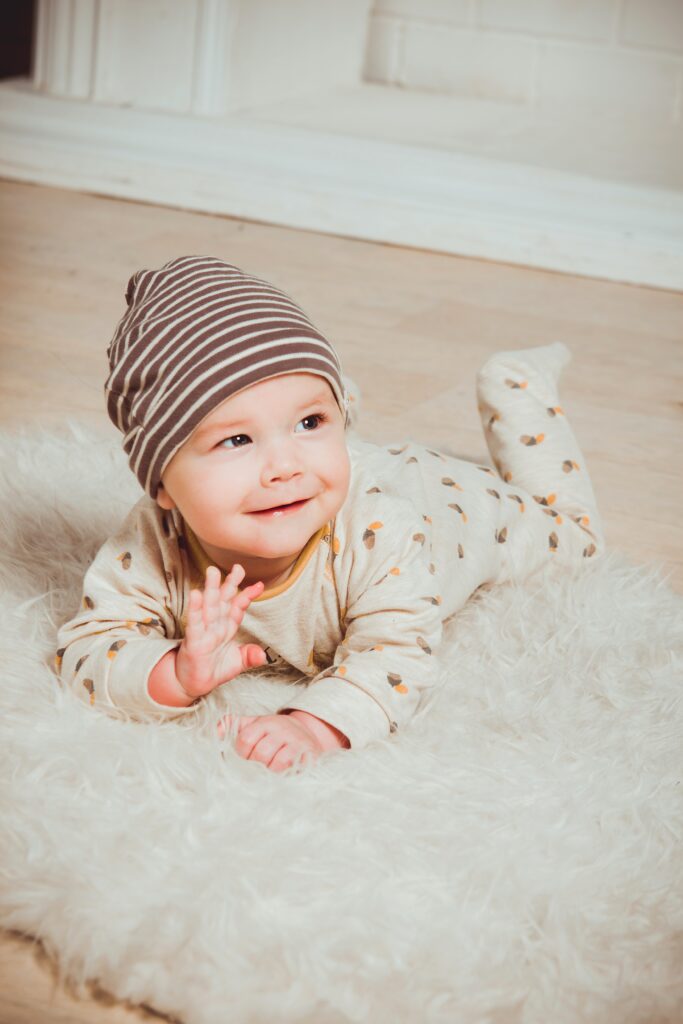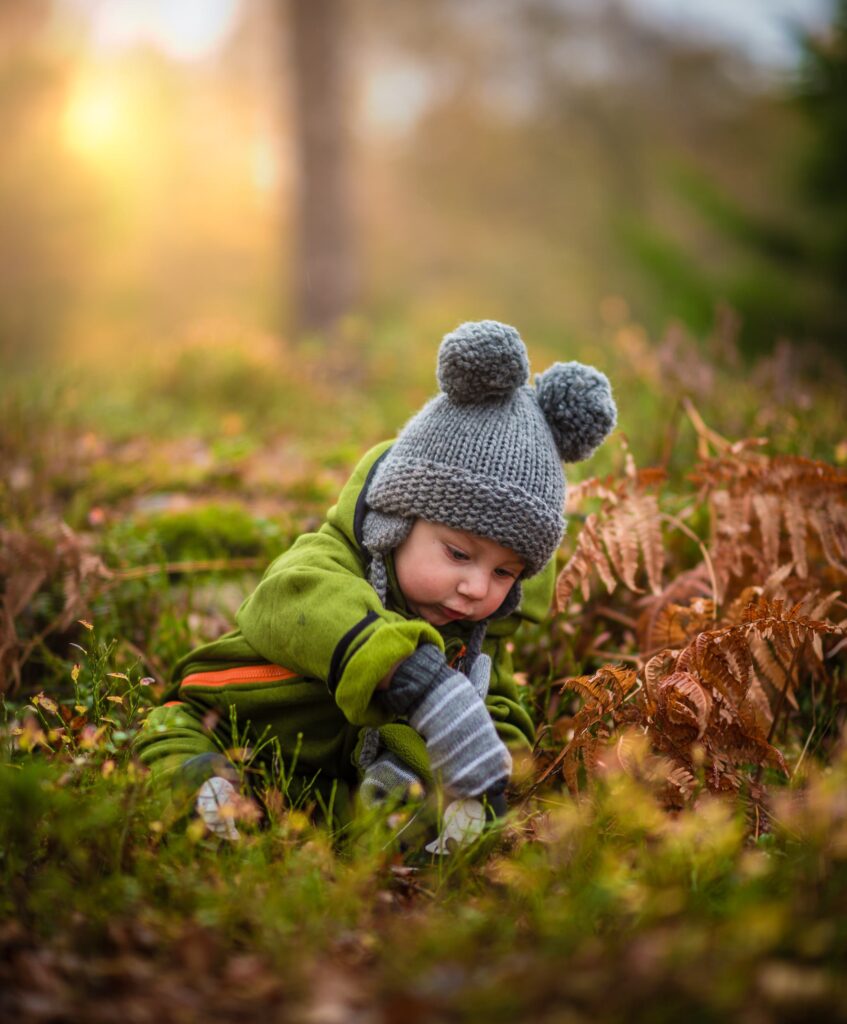Respiratory Syncytial Virus, more widely known as RSV, has been known to make babies extremely sick. With RSV coming around every winter, children all around are getting very sick from this virus. Noticing the signs of RSV and treating it early is the best prevention against it. In this article, we’ll tell you which signs and symptoms to look out for, as well as how the virus is caused and how to prevent it.
About Respiratory Syncytial Virus

Respiratory syncytial virus (RSV) has been known to cause infections of the lungs and respiratory tract. It is widely common virus that affects most children by the age of 2. The respiratory syncytial virus does not only infect children and infants but adults as well.
In adults as well as older children that are healthy, the symptoms of RSV are mild and typically mimic the common cold. Self-Care measures are often all that is required to relieve any or all discomfort.
RSV may cause severe infection in some individuals, including babies that are 12 months and younger (infants), especially premature infants, older adults, people that have heart or lung disease, or anyone that has a weak immune system.
The Symptoms

The signs and symptoms of RSV infection are known to most commonly appear about four to six days after an individual has been exposed to the virus. In adults and children that are older, RSV often causes mild cold-like signs and symptoms.
These signs and symptoms may include:
- Congested or runny nose
- Dry cough
- Low-grade fever
- Sore throat
- Sneezing
- Headache
In Severe Cases of RSV

It is possible for the RSV infections to spread to the lower respiratory tract. This will in turn cause pneumonia or bronchiolitis, which is inflammation of the small airway passages entering the lungs. Signs and symptoms of this may include:
- Fever
- Severe cough
- Wheezing (a very high-pitched noise that’s usually heard when breathing out.)
- Rapid breathing or difficulty breathing (the individual may prefer sitting up above lying down)
- A bluish color of the skin due to the lack of oxygen, known as cyanosis.
Infants are those most severely affected by RSV. The signs and symptoms of a severe RSV infection include:
- Short, shallow as well as rapid breathing.
- Struggling to breathe, the chest muscles as well as skin pull inward with each breath.
- Cough
- Poor feeding
- Unusual tiredness(lethargy)
- Irritability
Most of the children and adults recover from RSV within one to two weeks, although some infected may have repeated wheezing. When the virus is severe or life threatening, the baby may require a hospital stay. Especially if they have chronic heart or lung problems or if they are premature.
RSV and COVID-19

Coronavirus disease 2019 (Covid-19) and RSV are both types of respiratory viruses, therefore, some symptoms of COVID-19 may be similar. COVID-19 will result in mild symptoms such as a fever, runny nose and cough when diagnosed in children. For adults, however, the symptoms of COVID-19 may be more severe as well as include trouble breathing.
When children or adults have RSV, their immunity may become lowered which will in turn increase the risk of getting COVID-19. These infections may occur together, which often worsens the severity of the COVID-19 illness.
Causes of Respiratory Syncytial Virus

Respiratory syncytial virus enters the system through the eyes, nose or mouth. It easily spreads through the air on infected respiratory droplets. You or your child may become infected if an individual with RSV coughs or sneezes near you. The virus could too pass to others through direct contact, such as shaking hands, for example.
The virus can survive for a couple of hours on hard objects such as countertops, crib rails as well as toys. If you touch or come on contact with your mouth, nose or eyes after touching or handling a contaminated object, you are very likely going to pick up the virus.
During the first week (+-) or so after infection, the infected person is most contagious. In infants who have a weakened immunity, the virus could continue to spread even after the symptoms have gone away. This can last for up to four weeks.
Risks

By the age of 2 years old, most children will have already been infected with respiratory syncytial virus. This does not guarantee immunity as you can become infected more than once. Children who go to child care centers or who have siblings that attend school are placed at a higher risk of exposure and ultimetly being reinfected. RSV season is from the fall to the end of the spring. This is when the most outbreaks tend to occur.
Individuals who are at an increased risk of severe or sometimes life threatening RSV infections include:
- Infants, especially infants who are premature or babies who are 6 months or younger.
- Children who have been diagnosed with a heart disease that’s been present since birth as well as chronic lung disease.
- Children/adults whose immune systems are weakened due to diseases such as cancer or treatment such as chemotherapy.
- Children that have neuromuscular disorders such as muscular dystrophy.
- Adults that have a heart or lung disease.
- Older adults, especially the elderly aged 65 and older.
Possible Complications

Complications that arise from respiratory syncytial virus include:
- Hospitalization: When an RSV infection is severe, it may require a hospital stay in order for doctors to monitor and treat any breathing problems as well as give intravenous (IV) fluids.
- Pneumonia: RSV is known as the most common cause of inflammation of the lungs or the airways of the lungs in infants. When the virus spreads onto the lower respiratory tract, these complications may occur. Inflammation of the lungs can be quite serious amongst infants, young children, older adults, as well as immunocompromised individuals or individuals with chronic heart or lung disease.
- Middle ear infection: When germs enter the space that is behind the eardrum, a middle ear infection may occur. This is a frequent occurrence in babies and young children
- Asthma: Studies suggest that there may be a link between severe RSV and the likelihood of developing asthma.
- Repeated infections: If you’ve been infected with RSV, it is possible to get infected again. It will even possible for you to get infected again during the same RSV season. Symptoms, however, aren’t as severe as it typically comes in the form of a common cold. They can become serious in older adults or in individuals with chronic heart or lung disease.
How to Prevent RSV

There is currently no vaccine that exists for respiratory syncytial virus. These lifestyle habits can, however, prevent the infection from spreading:
- Frequently wash your hands, especially before touching your baby.
- Avoid exposure by not going to crowded places or visiting anyone that is sick.
- Keep things clean, the virus can survive on surfaces for several hours.
- Don’t use someone else’s drinking glass.
- Do not let your baby near any smoke from tobacco products.
- Wash your baby’s toys regularly.
In a Nutshell
It is important to seek immediate medical attention if your child, or anyone else at risk of severe RSV infection, has any difficulty breathing, a high fever or a blue color to the skin, especially on the lips and in the nail beds.

